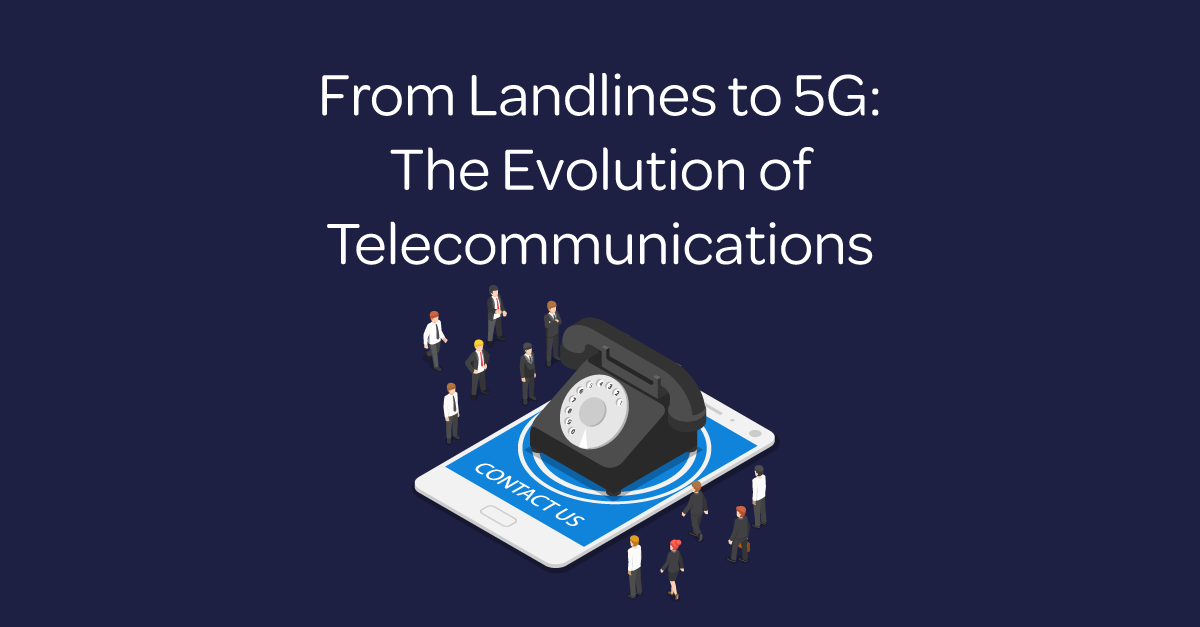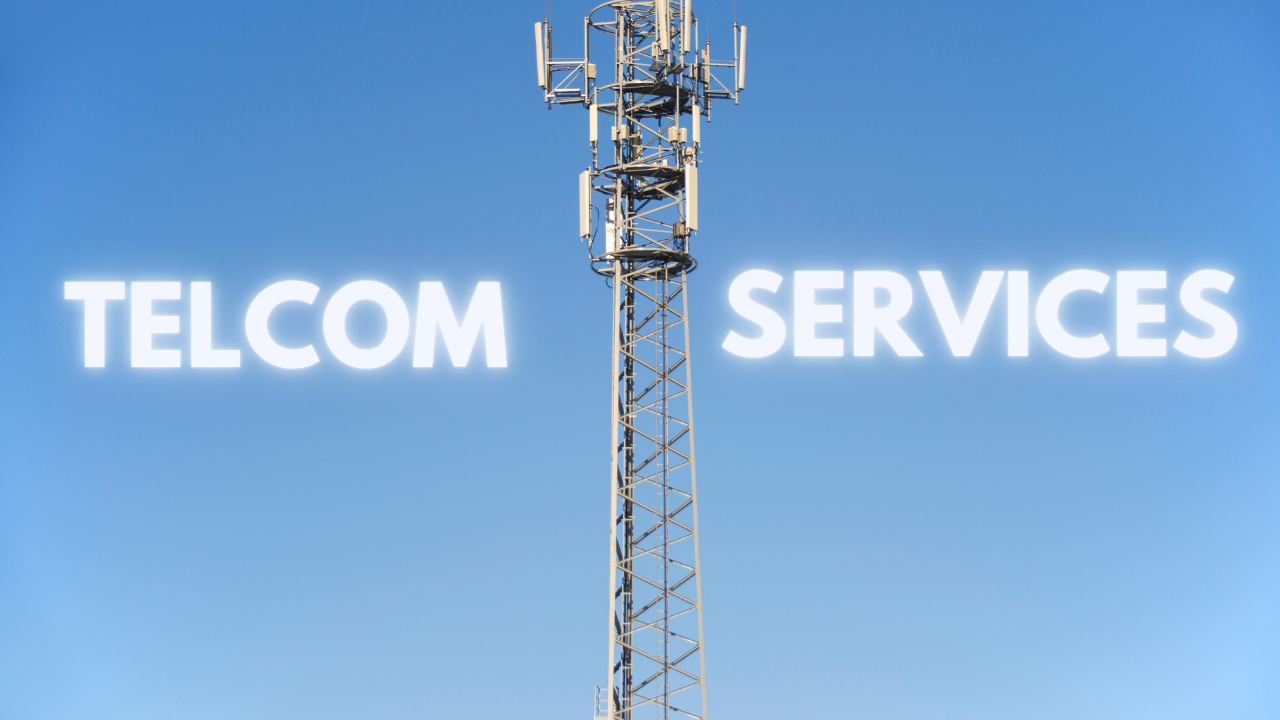The Evolution of Telecommunications: From Landlines to 5G
- By -Mash
- Posted on
- Posted in Telecommunications
Telecommunications has undergone a dramatic transformation since the days of landline phones, evolving through various technological advancements to reach the sophisticated 5G networks of today. This journey reflects not only technological innovation but also changes in how we communicate and connect. This article explores the evolution of telecommunications, highlighting key milestones from the era of landlines to the advent of 5G technology.

The Era of Landlines
Early Beginnings: The telecommunications revolution began with the invention of the telephone in the late 19th century. Alexander Graham Bell’s groundbreaking invention enabled voice communication over wires, marking the start of modern telecommunications. Early landline systems were based on analog signals transmitted through copper wires, allowing for voice communication over relatively short distances.
Expansion and Improvement: Throughout the 20th century, landline technology saw significant improvements. The introduction of automatic telephone exchanges replaced manual switchboards, enhancing call efficiency and reducing operator workload. The development of long-distance transmission techniques, such as coaxial cables and microwave relay towers, expanded the reach of landline communication across greater distances.
The Advent of Mobile Phones
The Birth of Mobile Communication: The 1970s marked the beginning of mobile communication with the development of the first generation (1G) of mobile networks. These early systems used analog technology to provide basic voice communication. The introduction of the first mobile phones, often referred to as “brick phones,” revolutionized personal communication by enabling users to make calls without being tethered to a landline.
Transition to Digital Technology: The 1990s saw the transition from analog to digital technology with the advent of the second generation (2G) of mobile networks. Digital technology improved call quality, increased network capacity, and introduced new features such as text messaging (SMS). This era also saw the proliferation of mobile phones, making them more accessible and affordable for a broader audience.
The Rise of 3G and 4G Networks
3G Networks and Internet Access: The early 2000s ushered in the third generation (3G) of mobile networks, which introduced higher data speeds and enabled mobile internet access. 3G technology facilitated the growth of mobile applications, including web browsing, email, and multimedia messaging. This era marked a significant shift towards mobile data services and laid the foundation for the app-driven economy.
4G Networks and Enhanced Performance: The fourth generation (4G) of mobile networks, which began rolling out in the late 2000s, brought about even faster data speeds and improved network performance. 4G technology, based on Long-Term Evolution (LTE) standards, enabled high-definition video streaming, faster downloads, and better overall network reliability. The widespread adoption of smartphones during this period further accelerated the demand for high-speed mobile data.
The Emergence of 5G Technology
Introduction to 5G: The fifth generation (5G) of mobile networks represents a major leap forward in telecommunications technology. Officially launched in the late 2010s, 5G offers significantly faster data speeds, lower latency, and increased network capacity compared to its predecessors. This technology supports a wide range of applications, from enhanced mobile broadband to the Internet of Things (IoT) and smart cities.
Key Features of 5G: 5G technology is characterized by its ability to deliver ultra-fast data speeds, with theoretical maximums reaching up to 10 Gbps. Its low latency—reduced to as low as 1 millisecond—enables real-time communication and supports applications such as autonomous vehicles and remote surgery. Additionally, 5G networks can connect a vastly greater number of devices simultaneously, facilitating the growth of IoT and smart devices.
Impact on Society and Business
Transforming Communication: The evolution from landlines to 5G has transformed the way we communicate, enabling faster, more reliable, and more versatile connections. This transformation has impacted various aspects of daily life, including how we work, socialize, and consume content.
Driving Innovation: Each generation of telecommunications technology has driven innovation across industries. For example, 4G enabled the rise of mobile apps and streaming services, while 5G is paving the way for advancements in areas such as augmented reality (AR), virtual reality (VR), and advanced manufacturing.
Enhancing Connectivity: The continuous advancement in telecommunications technology has enhanced global connectivity, bridging digital divides and enabling more people to access information and services. This increased connectivity supports economic growth, improves quality of life, and fosters greater collaboration and innovation.
Conclusion
The evolution of telecommunications from landlines to 5G represents a remarkable journey of technological progress. Each generation of technology has brought significant advancements in communication capabilities, impacting how we connect, work, and interact. As we continue to explore the potential of 5G and beyond, the future of telecommunications promises even more innovations and opportunities for enhancing connectivity and shaping our digital world.



